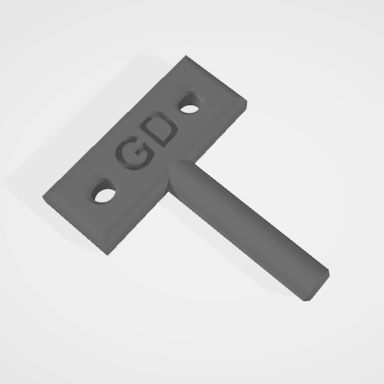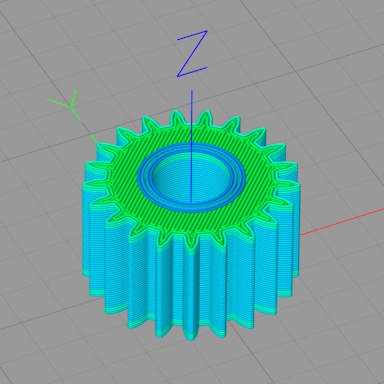STEP file format information
| Extension | STEP |
| Full Name | STEP-File |
| Type | 3D Model |
| Mime Type | application/octet-stream |
| Format | Text |
| Opens With | CAD Assistant |
STEP files are a 3D file format used to store complex 3D object definitions in a standard format to facilitate data transfer between compatible 3D modelling and CAD (Computer Aided Design) applications. In addition to storing 3D object data, the STEP format can store additional information such as materials, tolerances, and other relevant data.
The STEP format was first released in the early 1990's, has become a standard for 3D object storage, and is used in automotive, electronics, and other industries. STEP files can be opened in most modern CAD applications and can be imported into many 3D modelling applications too.
The file content is ASCII text-based and conforms to the ISO-10303-21 standard. The 3D object contained within the STEP file is described using a combination of points, lines, and edges. Due to the format being ASCII text, complex objects can lead to large file sizes. In addition to large file sizes, some complex STEP files can take a long time to open within editing applications, even on a high-spec, modern computer.
Repairing a STEP File
STEP 3D Model File Header Data
As is common amongst 3D model file formats, STEP file formats may contain data within their header to help identify the type of file should the filename extension prove to be inaccurate or missing. With the header data from the STEP 3D model file, we are able to determine core information such as object count, vertex count, faces, textures, and other information, which can then be used to check the validity of the file.
Vertices, Faces and Geometry
This data forms the core element of any STEP model and, if damaged, cannot be easily recovered. Our STEP repair tool will try its best to repair and reconstruct any 3D model file it detects to be missing geometric data.






